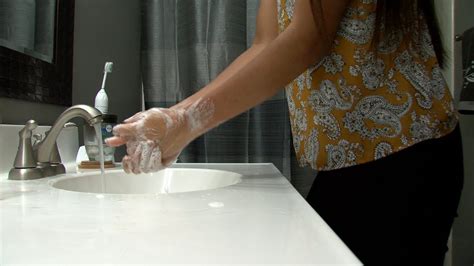The recent spread of flesh-eating bacteria in Japan, as detailed in several reports, has cast a spotlight on hygiene practices in the country. This alarming health crisis underscores the critical importance of maintaining proper hygiene and introduces a heated debate surrounding bidets, toilet practices, and overall public cleanliness. While Japan is renowned for its high-tech solutions and cleanliness, the comments from various users bring to light some surprising inconsistencies.
A significant portion of the discussion revolves around **bidets**, a common fixture in Japanese bathrooms. One user pointed out that Japanese bidet toilets often have a suction function designed to minimize aerosolized particles during the flushing process. It’s fascinating how what appears to be a simple convenience is actually a sophisticated solution aimed at reducing the spread of contaminants. Yet, despite these high-tech toilets, another commentator highlighted the stark reality: “Toilets have a single tap with cold water and no soap in many places, which is quite disgusting.” This highlights a glaring gap between state-of-the-art bidets and basic hygiene practices.
The use of bidets, however, has its advocates and detractors. One user humorously compared cleaning with toilet paper to cleaning peanut butter out of shag carpet using only dry paper. This vivid analogy underscores the efficiency of bidets in maintaining personal cleanliness. On the other hand, some skeptics argue that bidets may contribute to the spread of bacteria. As one commenter noted, “There is also probably some manner of aerosolization when you spray with water too.” This raises valid concerns about bidets potentially spreading pathogens in the washroom.
Public hygiene doesn’t stop at the toilet. Hand hygiene is another critical issue, especially in the prevention of bacteria like Group A Streptococcus (GAS) causing infections. Despite modern bidet systems, the lack of readily available soap in many public restrooms raises significant concerns. Multiple comments lamented the absence of soap or even hot water, pointing out that this deficiency might contribute to the spread of bacteria. One insightful comment emphasized, “Using antibacterial soap might be a systemic problem because it disrupts the bacterial ecosystem in our skin,” drawing attention to the delicate balance needed in hygiene practices.
Personal experiences underscore the variations in toilet use and hygiene practices globally. For instance, one user shared how Asian and squat toilets, commonly used in parts of Japan, facilitate a more natural posture for defecation, reducing the need for extensive cleaning. The practice of using tissues to avoid direct contact with surfaces in public restrooms, as recounted by another user, also highlights adapted behaviors aiming for maximum hygiene. These insights reveal how cultural preferences and habitual practices can impact cleanliness and health outcomes.
The spread of necrotizing fasciitis has indeed instilled a sense of urgency among the public and health officials alike. This flesh-eating bacteria can turn deadly within days and often requires surgical intervention to remove infected tissue. The visible discrepancy between advanced technological solutions, such as bidets with multiple functionalities, and basic hygiene provision like soap, suggests an area of improvement. This also raises broader questions about balance in adopting hygiene practices that are both effective and easy to maintain.
In conclusion, Japan’s recent public health challenge highlights critical discussions on bathroom hygiene, cultural practices, and public health. The striking gap between the sophisticated bidet systems and the evident lack of basic hygiene facilities, such as soap, signifies a need for reassessing public health strategies. Emphasizing both advanced solutions and the basics of hygiene – such as handwashing with soap – could be pivotal in mitigating the spread of infectious diseases. This blend of high-tech and foundational cleanliness practices might just be what society needs to navigate this intricate health landscape effectively.


Leave a Reply